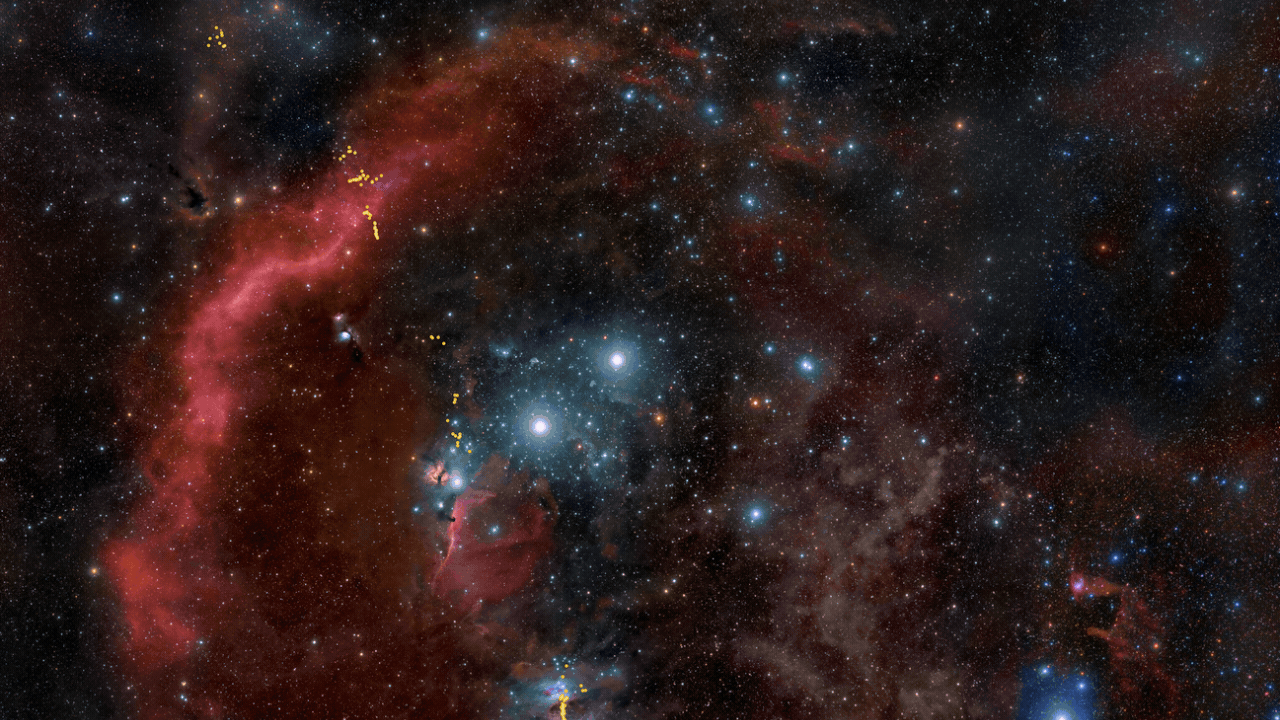NASA’s high-resolution, colorful images of atmospheric whirls and tempests captivate our imagination and make us wonder about the world beyond Earth. But did you know that the outer space is not as colorful and vibrant as depicted in the photos?
The Hubble Space Telescope, which takes photos of outer space for NASA, uses black and white cameras to capture images. The scientists then add color to these grayscale images using a technique developed in the 20th century to imitate natural color perception. However, there are no natural color cameras aboard Hubble; the optical cameras are digital CCD cameras that capture images as grayscale pixels using colored filters.
To capture cosmic images, Hubble scientists use filters to record specific light wavelengths, assigning colors like red, green, or blue to each exposure. This process enables them to create full-color images for scientific analysis. The colors added to these images are not just for artistic enhancement but highlight features and show the location of chemical elements that may not be visible to the human eye.
While the colors in these images may appear as natural as possible, they are added for specific reasons related to scientific analysis. These images are downloaded as black and white, with color added later on by NASA scientists.
In conclusion, while the colors in NASA’s high-resolution images of atmospheric whirls and tempests may be mesmerizing, they are not entirely accurate representations of outer space’s actual appearance. Still, they provide vital information about the universe that cannot be seen by humans alone.


